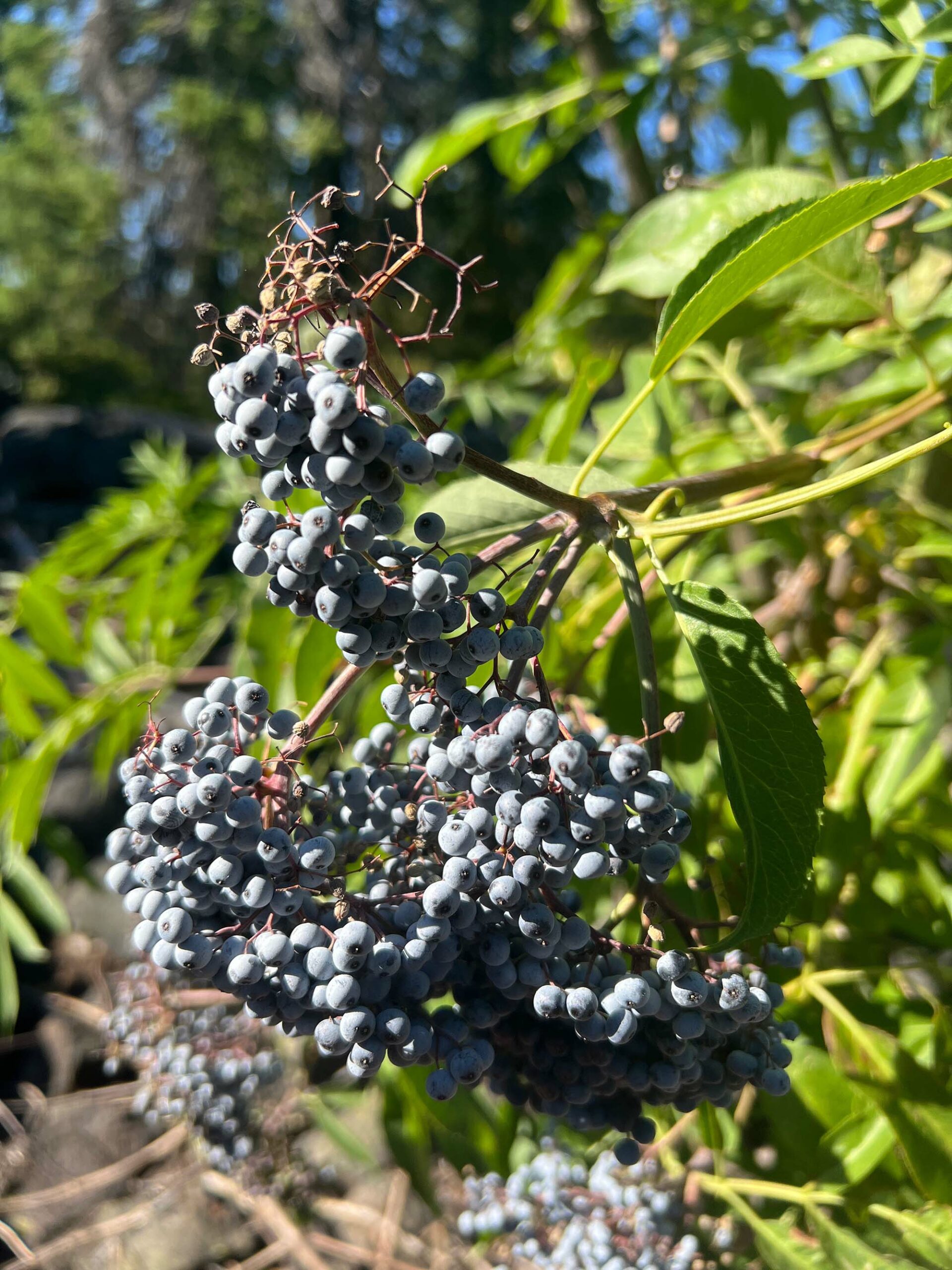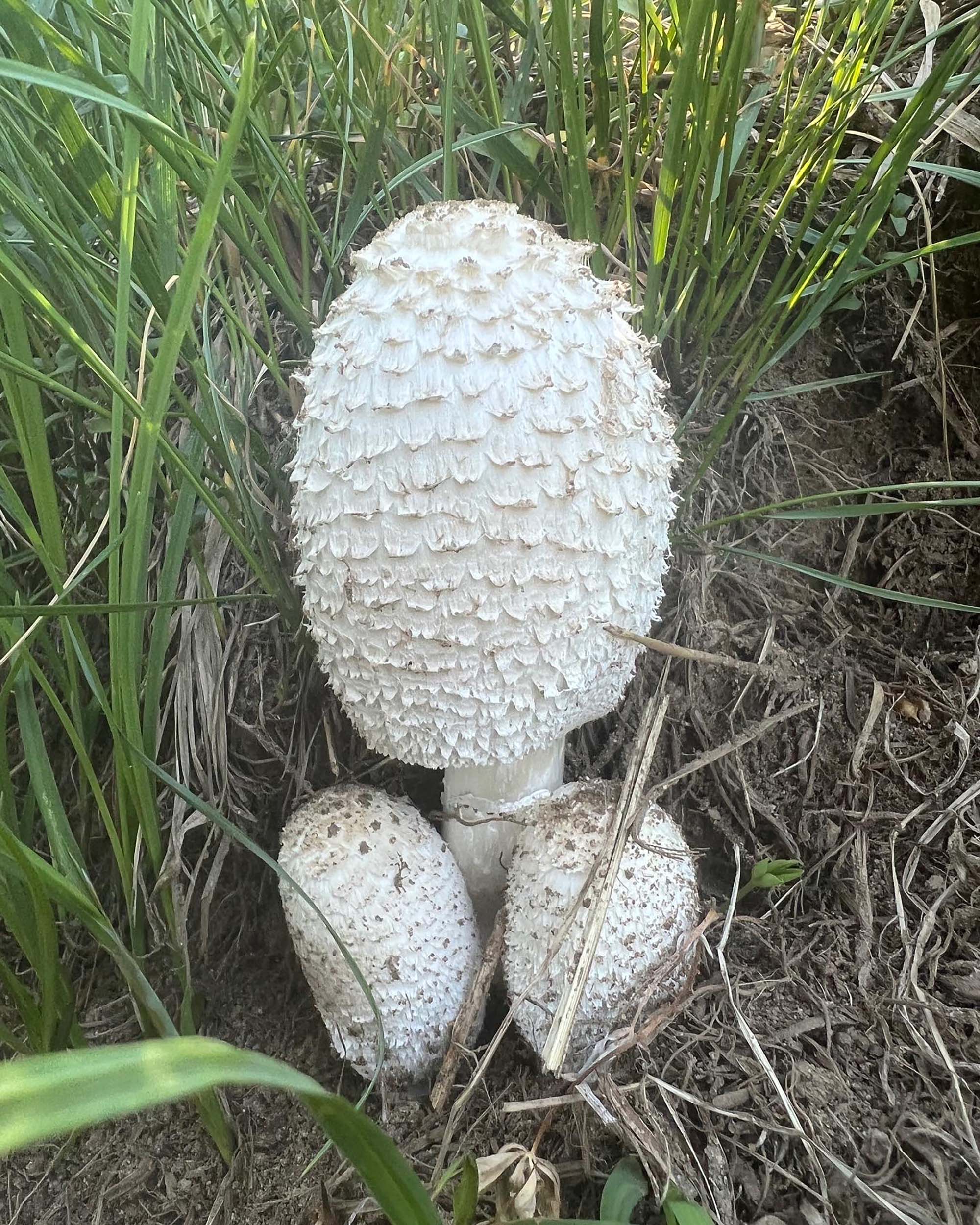Rediscover your roots with a wild abundance of fun and flavorful foods.
We’re a spoiled species.
For millennia, our ancestors hunted and gathered whatever wild foods they could get their hands on. There were no natural grocery stores, no Samsung smart refrigerators to ensure vegetables stay fresh, and certainly no greasy fast food. Those people simply survived on the sustenance found at their feet, provided generously by Mother Nature.
With the price of nearly everything — especially food — rising, it’s worth asking: What if we could supplement our diets naturally and nearly free of cost? Our ancestral roots aren’t that far removed. Take a step outside your door and discover that there is an abundance of fresh food just waiting to be foraged, maybe even in your own backyard.
Simple Sustenance
In our world where preservatives are persistently pumped into nearly everything we consume, we can gain some respite by supplementing our diets with foods that we can be absolutely sure contain no sodium nitrate, acetylated monoglycerides, or other strange and unpronounceable chemicals. One local expert on the study of these wild plants, Evert Broderick, has dedicated much of his life and career to teaching others about them. Broderick has taught botany and herbal studies at Truckee Meadows Community College and has led plant workshops and walks in the Reno-Tahoe area.
“There’s some compelling research indicating that many cultivated foods are declining in nutritional value due to mineral depletion in overused soils,” Broderick says. “This is not the case with wild foods.”
So not only are wild foods tasty, they also may be more nutritious than their store-bought siblings. The mountains, fields, and streams of the Reno-Tahoe region are rife with opportunity to supplement your diet with the earth’s best offerings.
Nuts and Berries
Nuts and berries are perhaps the primary staples of any nomadic gatherer. Although the Great Basin isn’t exactly booming with the huckleberries and thimbleberries found in Washington and Montana, there still is an abundance of different specimens to be sought.
Perhaps the most recognizable of these staples is the pine nut — an essential food of the Great Basin Native American tribes since time immemorial. These tasty seeds pack serious flavor, can be found in many locations in the Great Basin, and are harvested yearly in the fall. One of Nevada’s state trees, the single-leaf piñon, is an excellent source of the delicious snacks. They’re perfect for adding some pop to your pasta, or for an extra foraged kick to your homemade pizza.

On the berry front, take a look during the fall along the Truckee riverbanks (west of Reno, hint hint) for blackberries. These berries are super tasty, easily recognizable, and make great ice-cream toppers, or simply chomp on them straight from the vine. Another great berry choice is the blue elderberry, though this varietal might be a bit tougher to find in our region. If you’re lucky enough to find blue elderberry — typically during summer and early fall — try mashing them with a bit of added white sugar for an elderberry jam, or soak them with some lemon peel in your favorite gin for an infused spirit.
Wild Mushrooms
Due to our arid climate, Nevada isn’t exactly renowned for its choice edible mushrooms, but that doesn’t mean they can’t be found with a little determination. Shaggy mane, a choice and generally easily identifiable wild mushroom, grows within Reno’s city limits. These lovely little mushrooms pop up in grassy or wooded areas during the spring through fall, and boast a distinctive whitish conical cap with upswept scales. If you do locate this fragile mushroom, be sure to eat it quickly, as the shaggy mane is also known as the “inky cap.” It’s called this because it is notorious for disintegrating into black, inky, inedible mush shortly after maturation.

Perhaps the most sought-after wild mushroom in North America is the morchella species, known simply as the morel. These elusive mushrooms, along with shaggy mane, resist cultivation, meaning that most must be sourced wild from nature. Morels also are easy to identify, presenting an almost pine cone shape with a hollow center. They boast a woody, earthy flavor, and can be an excellent addition to stews, or sautéed and eaten straight. Morels are so sought after, they often bring a price tag of more than $40 per pound when purchased from the store. Look for these mushrooms at higher elevations in the Tahoe region during the spring. They often grow in areas that have recently burned from wildfire.
Though some choice edible mushrooms are easily identified and have few poisonous look-alikes, foragers are encouraged to purchase a dedicated field guide and practice identifying mushrooms (and all foraged foods) before cooking and consuming them.
“I cannot stress enough that foraging for wild plant foods is not a game and should not be indulged in blithely and ignorantly,” Broderick adds. “If foraging is to be done safely, one must invest time and energy to learn to identify the plants.”
Also keep in mind that consuming some wild mushrooms, including shaggy manes and morels, with alcohol can cause negative interactions for some people. It’s best not to consume alcohol within 48 hours of eating them.
Edible Flowers
Last on the list is one of the most recognizable and common of all of foraged foods: the dandelion. Dandelions exist in almost every patch of grass in the region, and, when picked from an area that doesn’t contain fertilizers, pesticides, or herbicides, can be eaten in a variety of salads, cookies, syrups, teas, and even fried Appalachian style in butter with an egg coating.
Dandelions aren’t native to North America; some sources claim they made their way from Europe aboard the Mayflower. The flower was used by the ancient Egyptians, Greeks, and Romans and is full of vitamins A, C, and K, as well as folate, calcium, and potassium.
All parts of the dandelion are edible, albeit somewhat bitter, including the leaves, flowering head, and stalk. Try sprinkling some dandelion leaves on a salad to spice it up.
Finding Food
Finding food isn’t difficult; in fact, humans have been doing it throughout our history. We’re lucky that we live in a time when many wild foods, and the effects they have on humans, are well documented. Next time you have a hankering for some wild flavor, maybe give the golden arches a pass and settle for something a little closer to our wild roots.
Forager’s Funky Flatbread
(courtesy of Eric Cachinero, local forager in Reno. Serves 2)
1 flatbread pizza dough
1 jar pesto, tomato sauce, or white pizza sauce
2 cups mozzarella cheese, shredded
1 cup sautéed morels
½ cup pine nuts
¾ cup dandelion greens
½ cup fried dandelion flowers
Preheat oven to 375 degrees F.
Roll out the pizza dough and add a hearty spread of your favorite sauce. Top with generous handfuls of mozzarella cheese. Add toppings as desired.
Bake until cheese is melted (usually 12 to 18 minutes). Slice and serve. For dessert, try topping dough with wild blackberries and adding vanilla ice cream.


